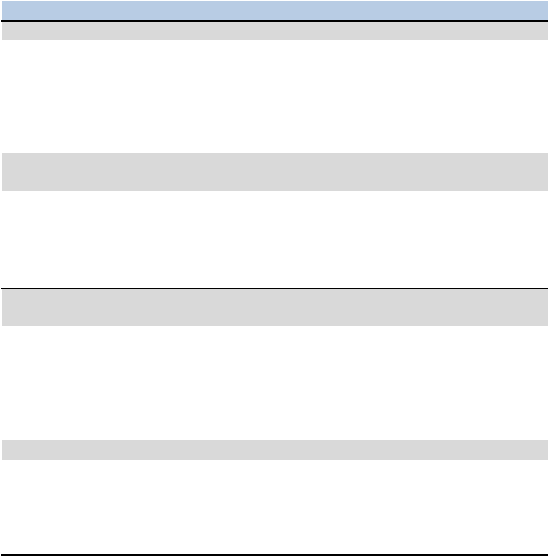
15
4
Tabel 2.8 Faktor risiko dan skor yang berhubungan dengan monitor,
telephone, mouse, dan keyboard
Risk factor (reference)
Score
Monitor
- Screen at arm's length/screen positioned at eye level (CSA International,
-1
- Screen too low (causing neck flexion to view screen)
-2
- Screen too high (causing neck flexion to view screen) 1998).
-3
- User required to twist neck in order to view screen.
(+1)
- Screen too far (outside of arm's length (75 cm)) (CSA International, 2000).
(+1)
- Document holder not present and required (CSA International, 2000).
(+1)
Telephone
- Headset used/one hand on telephone and neck in a neutral posture, telephone
positioned within 300 mm (CSA International, 2000).
-1
- Telephone positioned outside of 300 mm.
-2
- Neck and shoulder hold used (CSA International, 2000).
(+2)
- No hands free options (CSA International, 2000).
(+1)
Mouse
- Mouse in line with the shoulder (CSA International, 2000).
-1
- Reach to mouse/mouse not in line with shoulder.
-2
- Pinch grip required to use mouse/mouse too small (CSA International, 2000).
(+1)
- Mouse/keyboard on different surfaces .
(+2)
- Hard palm rest/pressure point while mousing (CSA International, 2000).
(+1)
Keyboard
- Wrists are staright, shoulders are relaxed (CSA International, 2000).
-1
- Wrists are extended beyond 15° of extension.
-2
- Wrists are deviated while typing (Gerr et al., 2006; Khan et al., 2009).
(+1)
- Keyboard too high - shoulders are shrugged.
(+1)
- Keyboard platform is non-adjustable (CSA International, 2000).
(+1)
Sumber: (Sonne, Villalta, & Andrews, 2012)